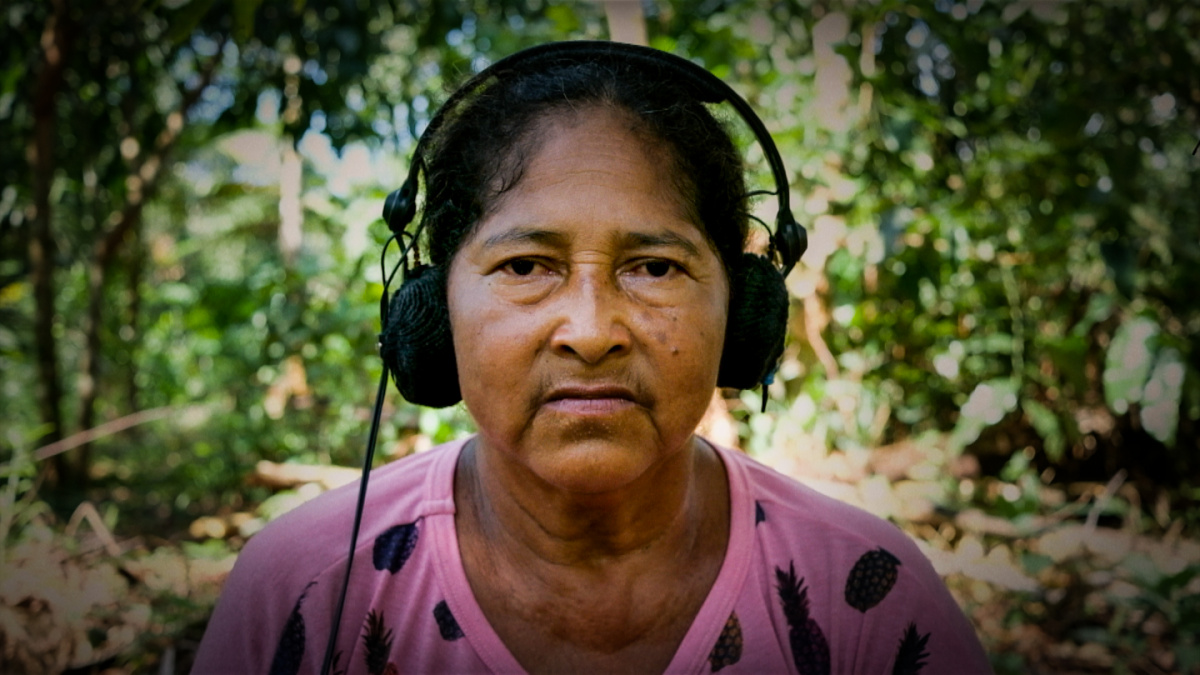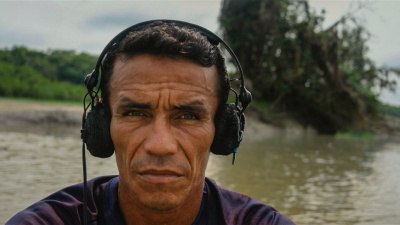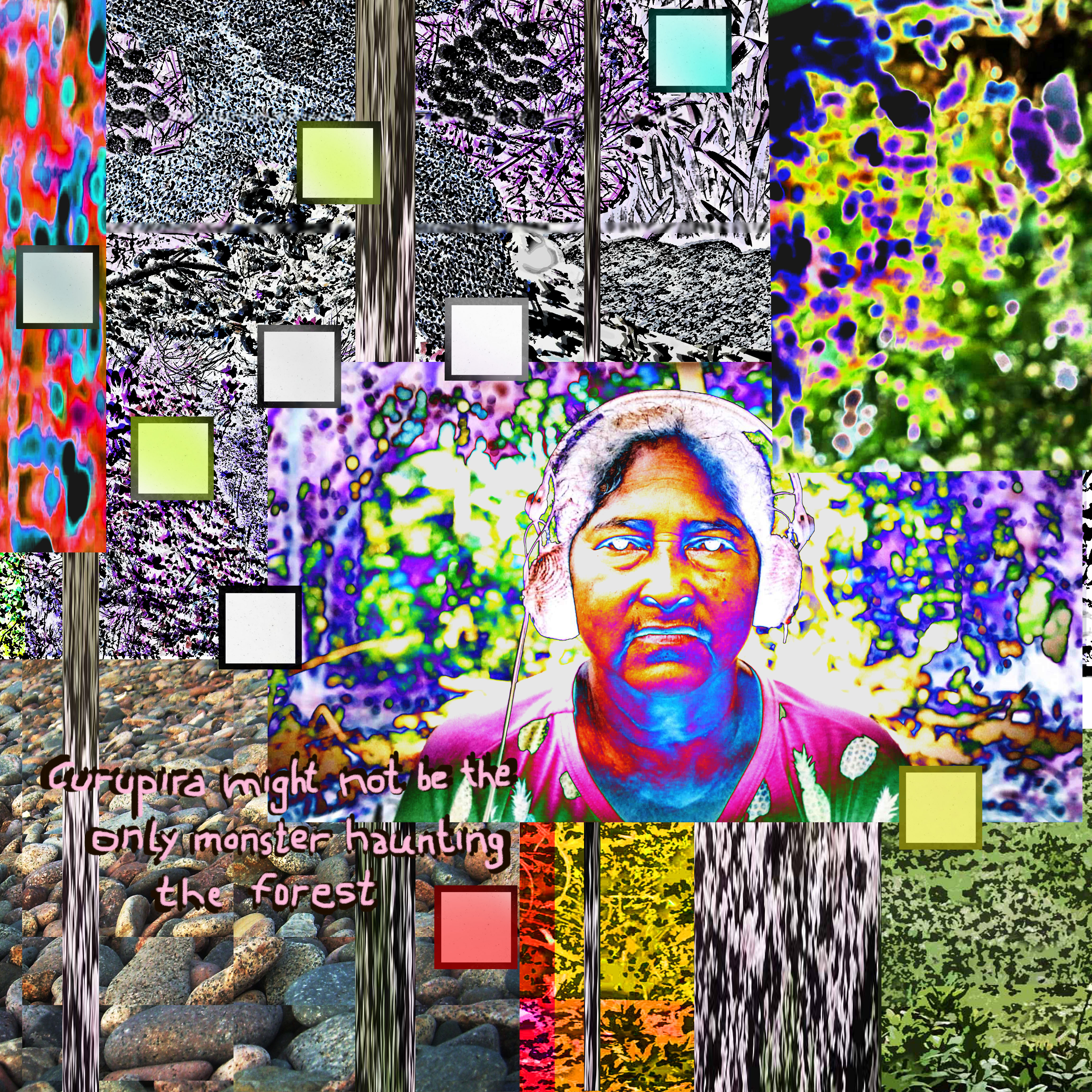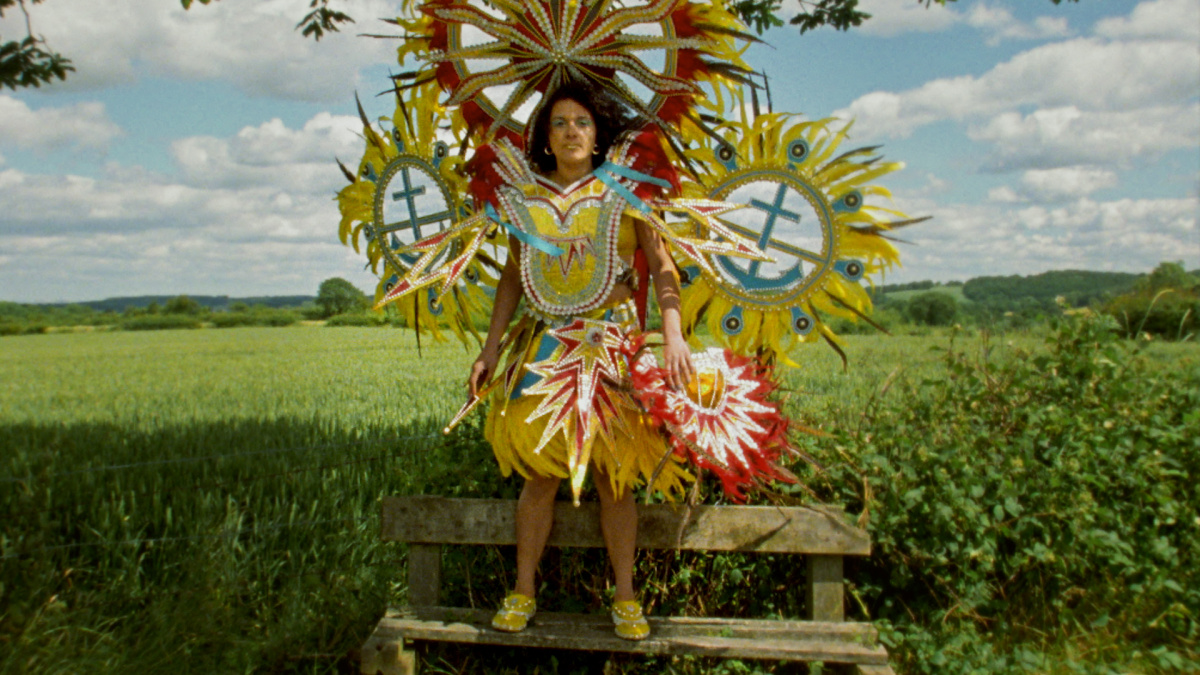
The Ghosts of Colonialism
A mythical creature with an ecological conscience, the Curupira protects the Brazilian Amazon from destructive forces. Yet, as Patricia Jäggi suggests, it might not be the only monster haunting the forest. Read an essay on the problem of representation inspired by the film Curupira, Creature of the Woods.
→ Check all articles of this special
→ Download PDF with introduction and table of contents
When I was playing in the woods as a kid, I was afraid of the Swiss Wildmännli – wild men and women. I had even heard stories about them killing humans who mistreat nature. I was reminded of this when I learned about the mythological creature Curupira in the film Curupira, Creature of the Woods. In her relentless ecological activism, the anthropomorphic Curupira seems to be an ally of the Swiss creatures. Living in the Brazilian Amazon, she protects the forest and animals from hunters, lumberjacks, and other disrespectful people. But as far as I know, the Wildmännli don’t have backward-turned feet to trick and trap you – nor do they utter high-pitched whistles that can make you lose orientation and even drive you mad.
A Collage of Voices
In the film’s richness of singing birds, insects, frogs, monkeys, and howling dogs, you can’t miss the extremely loud voice of the Screaming Piha (Lipaugus vociferans). He starts high and slides skillfully down to a pretty low note for a bird – better than a synthesizer could. More than any other, this birdcall gave me a sense of the sound sought by filmmaker Félix Blume: The voice of Curupira.
The myth is presented as an audio piece. The voices of inhabitants of Tauary, a place in the midst of the Amazon rainforest, share personal experiences and anecdotes about Curupira. One inhabitant doubts her existence, but others disagree. The collage of voices offers a multiplicity of perspectives on Curupira. In this way, Blume leaves interpretive sovereignty to the Tauary narrators.
From a decolonial perspective, the visual aspect of the film raises questions about the adequacy of representation. The Amazon and its inhabitants are a long-standing target of longing for modern civilisation, and have experienced colonial exoticisation and exploitation. The inhabitants of Tauary are portrayed as listeners, all wearing the same pair of headphones, helping Blume to decipher unusual noises he recorded.

Colonial Gaze
What might seem unproblematic at first reveals itself to be deceptive. Is Blume really able to break with the «colonial gaze» that defines the white person as observer and the natives as observed – by having them look back? Or does the film’s method of filming each Tauary person close up give the impression that their heads are being displayed – or even measured?
Curupira might not be the only monster haunting the forest. The remnants of the destructive history of colonialism are still being perpetuated, even with the «best intentions». Thus, the film points to the difficulties faced by current art production in not continuing this legacy unintentionally – and the need to find creative ways to address it.
The film «Curupira, Creature of the Woods» by Félix Blume was officially selected at the Norient Film Festival NFF 2021. See full program here.
This text is part of Norient’s essay publication «Nothing Sounds the Way It Looks», published in 2021 as part of the Norient Film Festival 2021.
Bibliographic Record: Rhensius, Philipp. 2021. «Editorial: NFF 2021 Essay Collection.» In Nothing Sounds the Way It Looks, edited by Philipp Rhensius and Lisa Blanning (NFF Essay Collection 2021). Bern: Norient. (Link).
Biography
Links
Published on February 16, 2021
Last updated on April 09, 2024
Topics
From Beyoncés colonial stagings in mainstream pop to the ethical problems of Western people «documenting» non-Western cultures.
From world known reggae musicians fighting against the devil to the black metal scene in Indonesia.
From the political implications of human voice to its potential of un-making sense.
Snap



